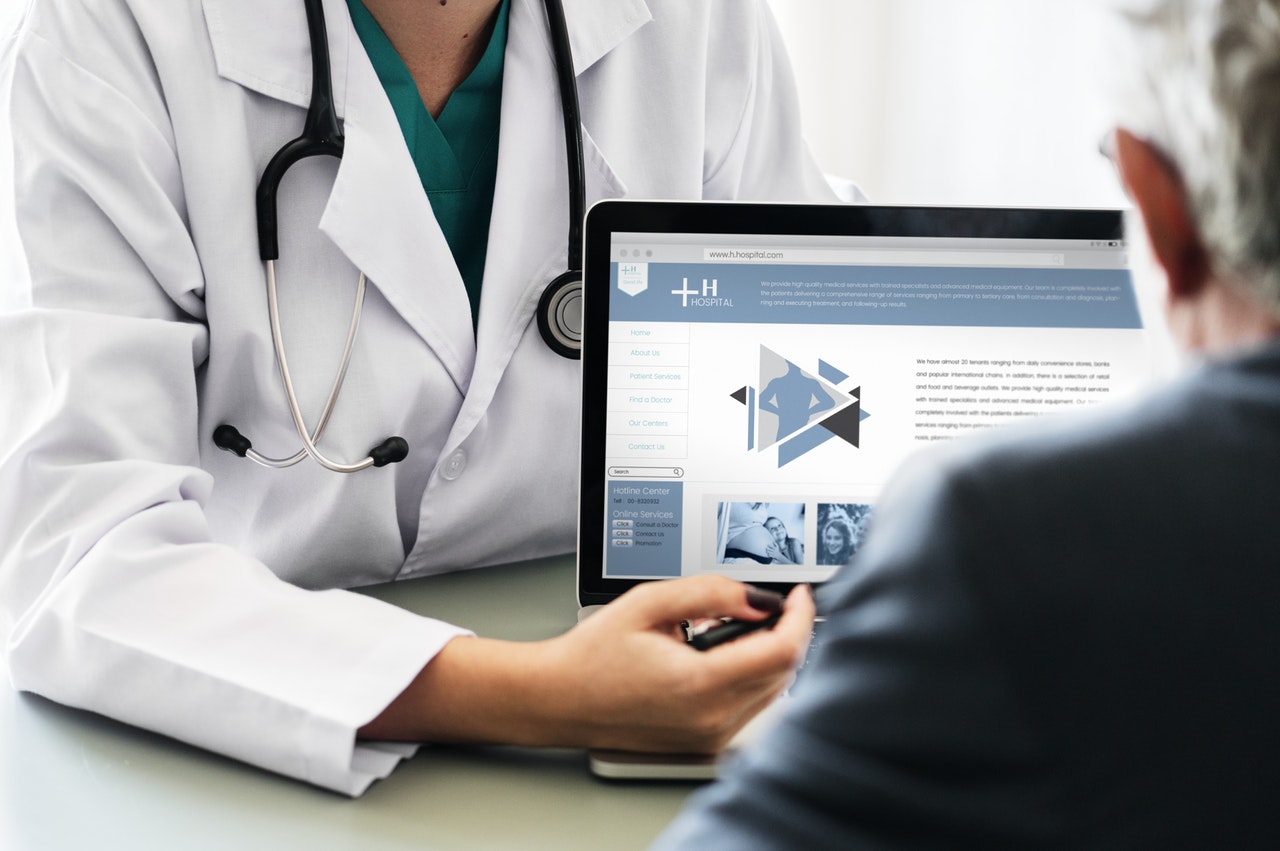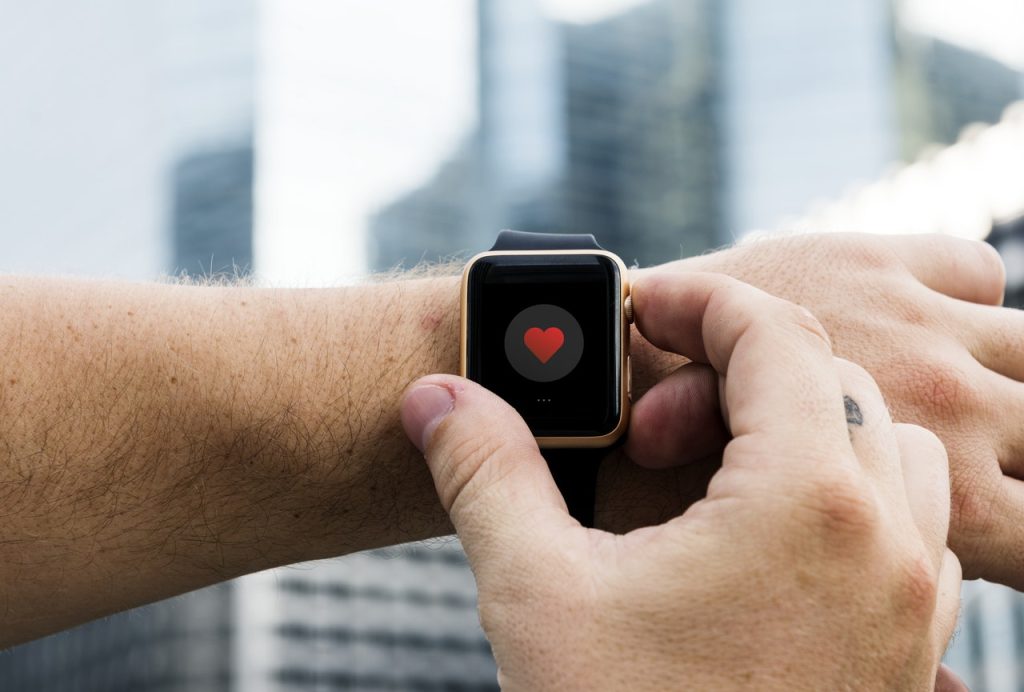When Apple took the veil off the Apple Watch Series 4 in September, the world was reminded of the flourishing potential of wearable devices for use in protecting health. The new Apple Watch’s exciting headline features outlined on the Apple website include alerts about unusually high or low heart rates and “fall detection” that lets the wearer quickly call emergency services after a hard fall.
Seeing the official reveal of the Apple Watch Series 4 might have also inadvertently reminded you of how it could fit into a broader IoT network for safeguarding patients’ health. IoT stands for the Internet of Things and is ripe with potential for the healthcare sector.
In fact, much potential of IoT for healthcare purposes is already being realised, as this article’s examples of practical use cases illustrate.
What obstacles are arising in the IoT healthcare space?
Patients have bought millions of consumer devices – including smartwatches and more rudimentary fitness trackers – that are packed with health-based functionality. This emerging trend could lead many technology industry watchers to opine that, for many healthcare professionals, much of the hard work has now been done and they simply need to analyse data from these wearable devices.
However, the situation isn’t quite as simple as that, with HealthITAnalytics.com pointing out the difficulty of telling which of the many new devices will genuinely help patients. For all of the press hype, many of these devices haven’t been thoroughly tried and tested.
Many healthcare providers are also unsure whether, out of their current workflows, they can squeeze enough bandwidth to accommodate IT technology’s integration. IoT seems to pose an array of growing pains for the healthcare sector – but, if you work in this sector, you could overcome many of those issues surprisingly easily. It would, however, depend on you taking the right approach.
Why Hewlett Packard Enterprise could come to the rescue
If you are considering introducing IoT to your operations as a healthcare provider, you could do so to particularly impressive effect if an enterprise IT company guides you through the process. As you could find particularly strong comfort in a big name, Hewlett Packard Enterprise – and, in particular, its division HPE Pointnext – could be an especially good choice of enterprise IT outfit for this purpose.
With its recent acquisition of the cloud consultancy firm RedPixie, HPE Pointnext has strengthened the quality and reliability of its HPE services. On its own website, RedPixie has highlighted various examples of how IoT can effectively work in a healthcare context.
How IoT data can be effectively utilised
You might have assumed that, in healthcare, IoT’s true value is realised in how an array of devices can now be seamlessly connected. However, this would be a mistaken belief; as RedPixie points out, acquiring data from these devices is “the true end point”.
For example, from patients wearing smartwatches and similar devices, healthcare providers could continuously collect telemetry data. With this data at hand, you could better react to an array of concerning events – such as a fall, irregular heartbeat or sudden change in temperature. If an epileptic seizure or migraine starts emerging, on the other hand, you could notify the device wearer.
If you remain reluctant to place faith in consumer-grade wearables, keep in mind that you could still correlate readings from such devices with data from clinical-grade devices. This shines a strong light on the beauty of IoT; with a wide range of technology connected in a single large network, you can tap into benefits that vary across this field of technology while you continue to minimise drawbacks.




 Bitcoin
Bitcoin  Ethereum
Ethereum  XRP
XRP  Tether
Tether  Solana
Solana  USDC
USDC  TRON
TRON  Lido Staked Ether
Lido Staked Ether  Cardano
Cardano  Avalanche
Avalanche  Toncoin
Toncoin